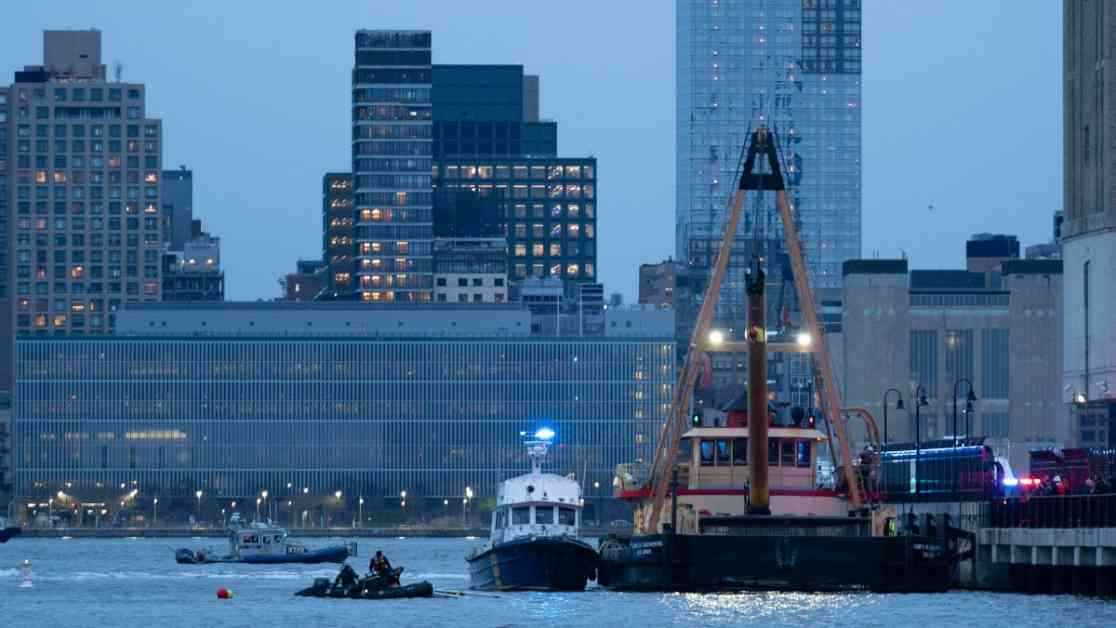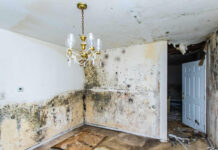FAA Grounds NYC Helicopter Tour Company After Deadly Crash
In a shocking turn of events, federal aviation regulators have taken decisive action, issuing an emergency order to ground the helicopter tour company involved in a tragic New York crash. This drastic measure came after the Federal Aviation Administration (FAA) discovered that the company had terminated its operations director, mere minutes after he had agreed to suspend flights during the ongoing investigation.
The FAA, led by acting Administrator Chris Rocheleau, expressed serious concerns about the firing, suspecting it to be an act of retaliation against the director of operations for prioritizing safety. This development underscores the gravity of the situation and raises significant questions about the company’s commitment to ensuring passenger safety.
The helicopter tour company in question, New York Helicopter Charter, Inc., operated the ill-fated Bell 206 helicopter that crashed into the Hudson River, claiming the lives of five tourists from Spain and the pilot. Among the victims were Agustin Escobar, 49, Mercè Camprubí Montal, 39, and their children Victor, Mercedes, and Agustin, as well as the pilot, Seankese Johnson, a U.S. Navy veteran.
In the wake of this tragedy, the FAA has not only grounded the company but also initiated a comprehensive review of its operations. This review aims to assess the operator’s compliance with safety regulations, evaluate risk management practices, and identify potential hazards. The agency’s swift and resolute actions reflect a commitment to upholding aviation safety standards and holding operators accountable for maintaining the highest levels of safety.
Unraveling the Sequence of Events
The sequence of events leading up to the emergency order sheds light on the troubling circumstances surrounding the crash and its aftermath. On Sunday, the company’s director of operations, Jason Costello, took the proactive step of agreeing to halt flights pending the investigation. However, within minutes of his decision, the company’s CEO, Michael Roth, overruled the halt and terminated Costello’s employment.
This abrupt reversal of the safety decision has raised serious red flags, as outlined in the FAA order. The agency’s concerns about retaliatory actions and safety lapses are underscored by regulatory violations related to the absence of a director of operations. The lack of qualified personnel in key positions is a critical oversight that compromises the safety and oversight of flight operations.
The FAA’s intervention serves as a stark reminder of the critical importance of maintaining a robust safety culture in aviation operations. By holding operators accountable for adhering to regulatory requirements and upholding safety standards, the FAA aims to prevent future tragedies and ensure the well-being of passengers and crew members.
Recovering Clues from the Crash Site
As recovery efforts at the crash site continue, investigators have made significant progress in retrieving key components of the Bell 206 L-4 helicopter. Divers, including New York City police divers and personnel from the U.S. Army Corps of Engineers and Jersey City’s Office of Emergency Management, recovered crucial parts such as the main rotor system and the tail rotor system.
These components are expected to provide valuable insights into the circumstances that led to the tragic crash. By examining these critical pieces of evidence, investigators hope to unravel the chain of events that culminated in the helicopter’s midair disintegration and subsequent plunge into the Hudson River.
In parallel with the recovery efforts, the FAA has launched a Certificate Holder Evaluation Program review to assess the operator’s compliance with safety regulations. This comprehensive evaluation will shed further light on the company’s operational practices and safety protocols, helping to identify areas for improvement and preventive measures.
The combined efforts of regulatory authorities, investigators, and recovery teams underscore a commitment to uncovering the truth behind the crash and enhancing aviation safety standards. By working collaboratively to address safety lapses and regulatory violations, stakeholders are taking proactive steps to prevent similar incidents in the future.
As the investigation unfolds and recovery efforts progress, the families of the victims and the broader aviation community await answers and reassurance. The tragic loss of life in this helicopter crash serves as a stark reminder of the inherent risks of aviation and the critical importance of maintaining stringent safety standards. By learning from this tragedy and implementing corrective actions, the aviation industry can strive to prevent future accidents and tragedies.














